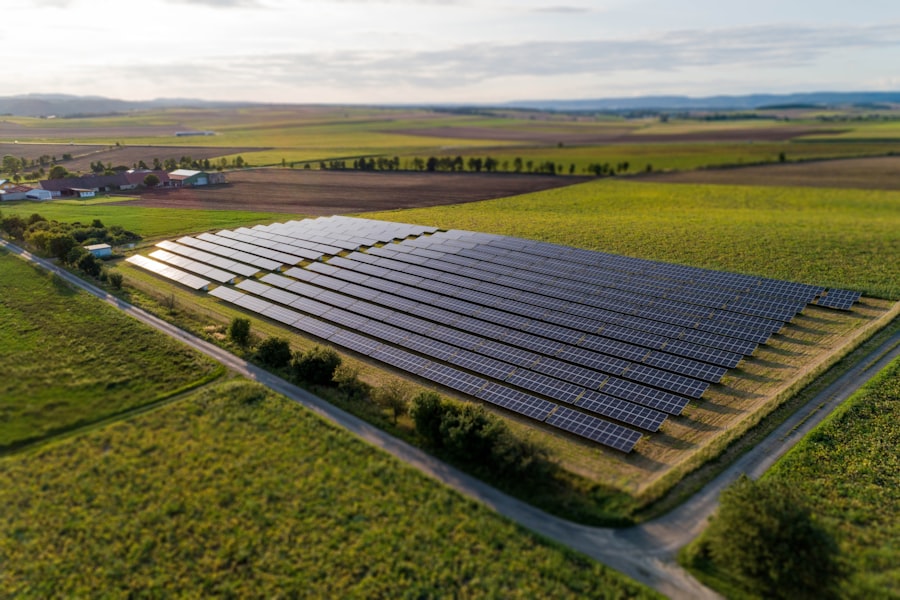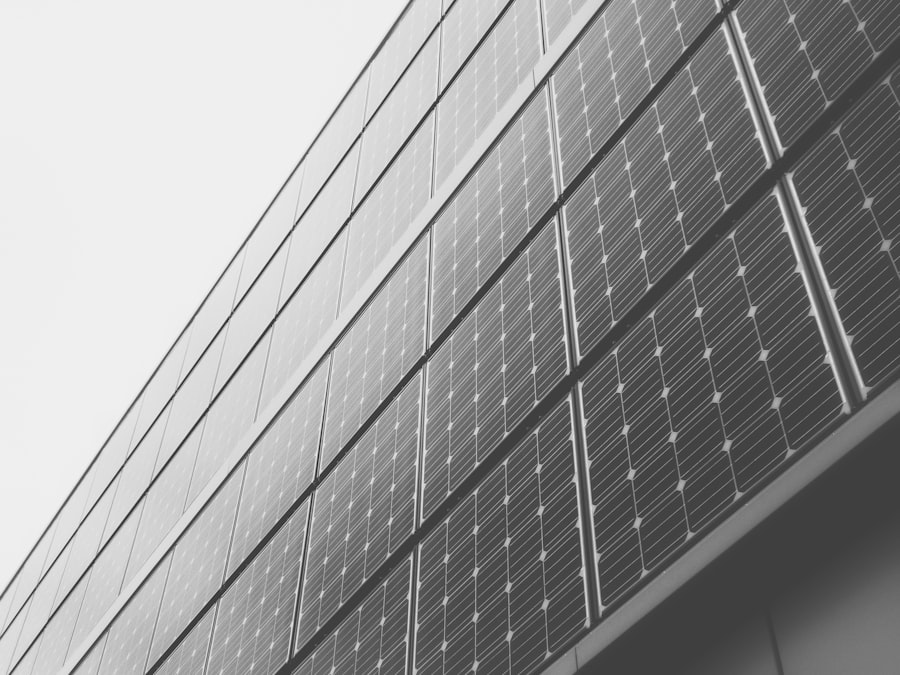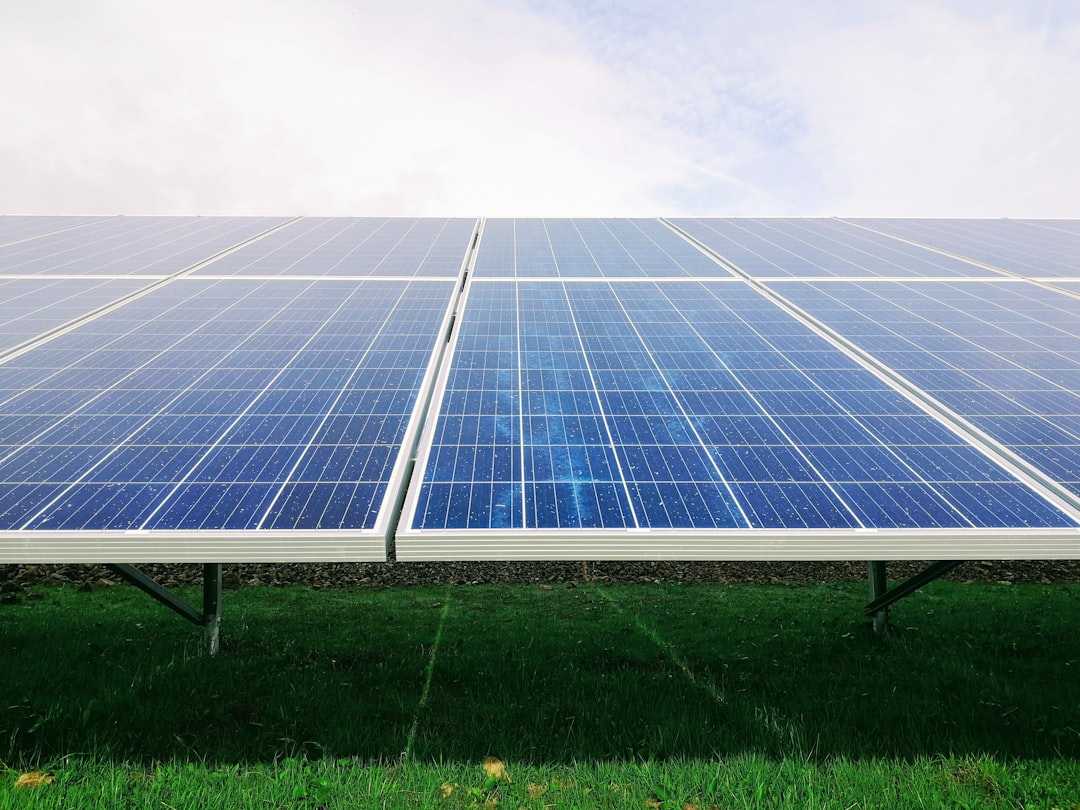In today’s world, where sustainability and energy conservation are paramount, the significance of energy-efficient façade design cannot be overstated. The façade of a building is not merely its outer shell; it plays a crucial role in regulating energy consumption, enhancing occupant comfort, and reducing environmental impact. An energy-efficient façade can significantly lower heating and cooling costs, thereby contributing to a building’s overall sustainability.
As property owners and developers increasingly seek to meet stringent environmental regulations and standards, understanding the importance of energy-efficient façade design becomes essential. Moreover, an energy-efficient façade can enhance the aesthetic appeal of a building while simultaneously improving its performance. By integrating advanced materials and technologies, you can create a façade that not only looks good but also functions optimally.
This dual benefit is particularly appealing in a competitive real estate market, where energy efficiency can be a key selling point.
Key Takeaways
- Energy efficient façade design is crucial for reducing energy consumption and improving building performance.
- Key considerations for designing energy saving façades include insulation, shading, and ventilation.
- Materials and technologies such as low-emissivity glass, insulated panels, and solar shading systems play a vital role in energy efficient façade design.
- Passive design strategies like natural ventilation, daylighting, and thermal mass can significantly contribute to energy efficiency.
- Building orientation is important for maximizing natural light and minimizing heat gain, thus impacting the energy efficiency of the façade design.
- Performance assessment of energy efficient façade designs is essential to ensure that the desired energy savings and environmental benefits are achieved.
Key Considerations for Designing Energy Saving Façades
When embarking on the journey of designing an energy-saving façade, several key considerations must be taken into account. First and foremost, understanding the local climate is crucial. The façade should be designed to respond effectively to the specific weather conditions of the area, whether it be extreme heat, cold, or humidity.
This understanding will guide your choices in materials, insulation, and glazing options, ensuring that the façade performs optimally throughout the year. Another vital consideration is the building’s intended use. Different types of buildings have varying energy needs; for instance, residential buildings may require different strategies compared to commercial spaces.
You should assess factors such as occupancy patterns, internal heat gains, and ventilation requirements to tailor the façade design accordingly. Additionally, engaging with stakeholders early in the design process can provide valuable insights into user needs and preferences, ultimately leading to a more effective energy-saving façade.
Materials and Technologies for Energy Efficient Façade Design

The choice of materials and technologies plays a pivotal role in achieving an energy-efficient façade. Advanced materials such as high-performance glazing, insulated panels, and reflective coatings can significantly enhance thermal performance. For instance, triple-glazed windows offer superior insulation compared to traditional double-glazed options, reducing heat loss in winter and heat gain in summer.
Furthermore, incorporating materials with high thermal mass can help regulate indoor temperatures by absorbing excess heat during the day and releasing it at night. In addition to traditional materials, innovative technologies such as photovoltaic panels and green walls are gaining traction in façade design. Photovoltaic panels can be integrated into the façade to harness solar energy, providing a renewable source of power for the building.
Green walls not only improve aesthetics but also contribute to thermal insulation and air quality. By carefully selecting materials and technologies that align with your energy efficiency goals, you can create a façade that is both functional and visually appealing.
Incorporating Passive Design Strategies for Energy Efficiency
Passive design strategies are essential for maximising energy efficiency in façade design. These strategies focus on utilising natural resources such as sunlight and wind to regulate indoor temperatures without relying heavily on mechanical systems. One effective approach is to optimise daylighting by strategically placing windows and skylights to allow natural light to penetrate deep into the building.
This not only reduces reliance on artificial lighting but also enhances occupant well-being. Another passive design strategy involves natural ventilation. By designing operable windows and vents that facilitate cross-ventilation, you can improve indoor air quality while reducing the need for air conditioning.
Additionally, shading devices such as overhangs or louvers can be incorporated into the façade to minimise solar heat gain during peak hours while allowing sunlight in during cooler months. By embracing these passive design strategies, you can create a façade that works harmoniously with its environment, leading to significant energy savings.
The Role of Building Orientation in Façade Design for Energy Efficiency
Building orientation is a critical factor that influences the performance of an energy-efficient façade. The way a building is positioned on its site can affect its exposure to sunlight, wind patterns, and surrounding structures. Ideally, orienting the building to maximise southern exposure allows for optimal solar gain during winter months while minimising heat gain in summer.
This strategic orientation can significantly reduce heating and cooling demands. Furthermore, considering the surrounding landscape is essential when determining building orientation. Trees, hills, or other structures can provide natural shading or windbreaks that enhance the building’s energy performance.
By analysing these external factors during the design phase, you can make informed decisions about how to position your building for maximum efficiency. Ultimately, thoughtful consideration of building orientation will lead to a more sustainable façade design that meets both aesthetic and functional requirements.
Assessing the Performance of Energy Efficient Façade Designs

Benefits and Considerations
What are the benefits of an energy-efficient façade?
An energy-efficient façade reduces heating and cooling costs, enhances occupant comfort, improves indoor air quality, and contributes to environmental sustainability.
How do I choose materials for an energy-efficient façade?
What are passive design strategies?
Passive design strategies utilise natural resources like sunlight and wind to regulate indoor temperatures without relying heavily on mechanical systems.
How does building orientation affect energy efficiency?
Proper building orientation maximises solar gain in winter while minimising heat gain in summer, leading to reduced heating and cooling demands.
How can I assess my façade’s performance?
You can assess your façade’s performance through thermal imaging, energy modelling software simulations, and post-occupancy evaluations to gather occupant feedback on comfort levels and energy usage patterns.
If you are interested in learning more about façade design and energy efficiency, you may want to check out the article “The Importance of Building Envelope Design in Energy Efficiency” on facadespecialist.com. This article delves into the crucial role that building envelope design plays in optimizing energy efficiency and reducing overall energy consumption in buildings. By understanding the importance of both façade design and building envelope design, architects and designers can create more sustainable and energy-efficient structures.
